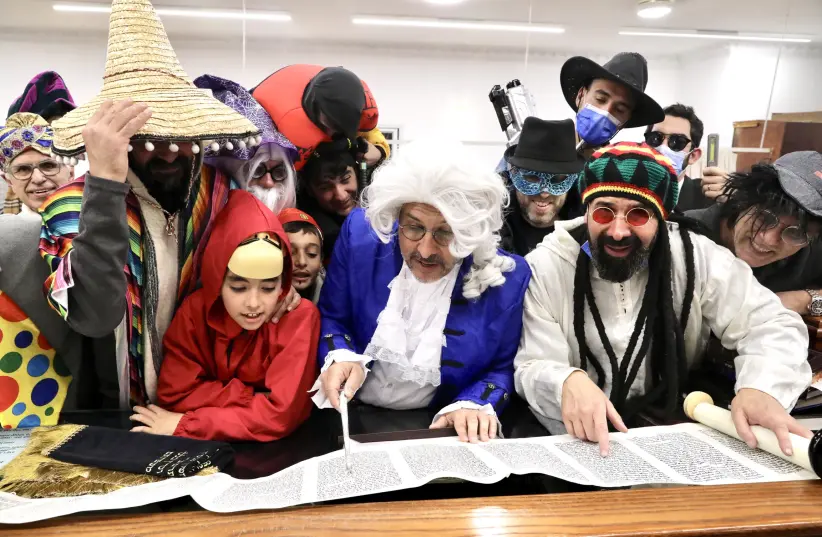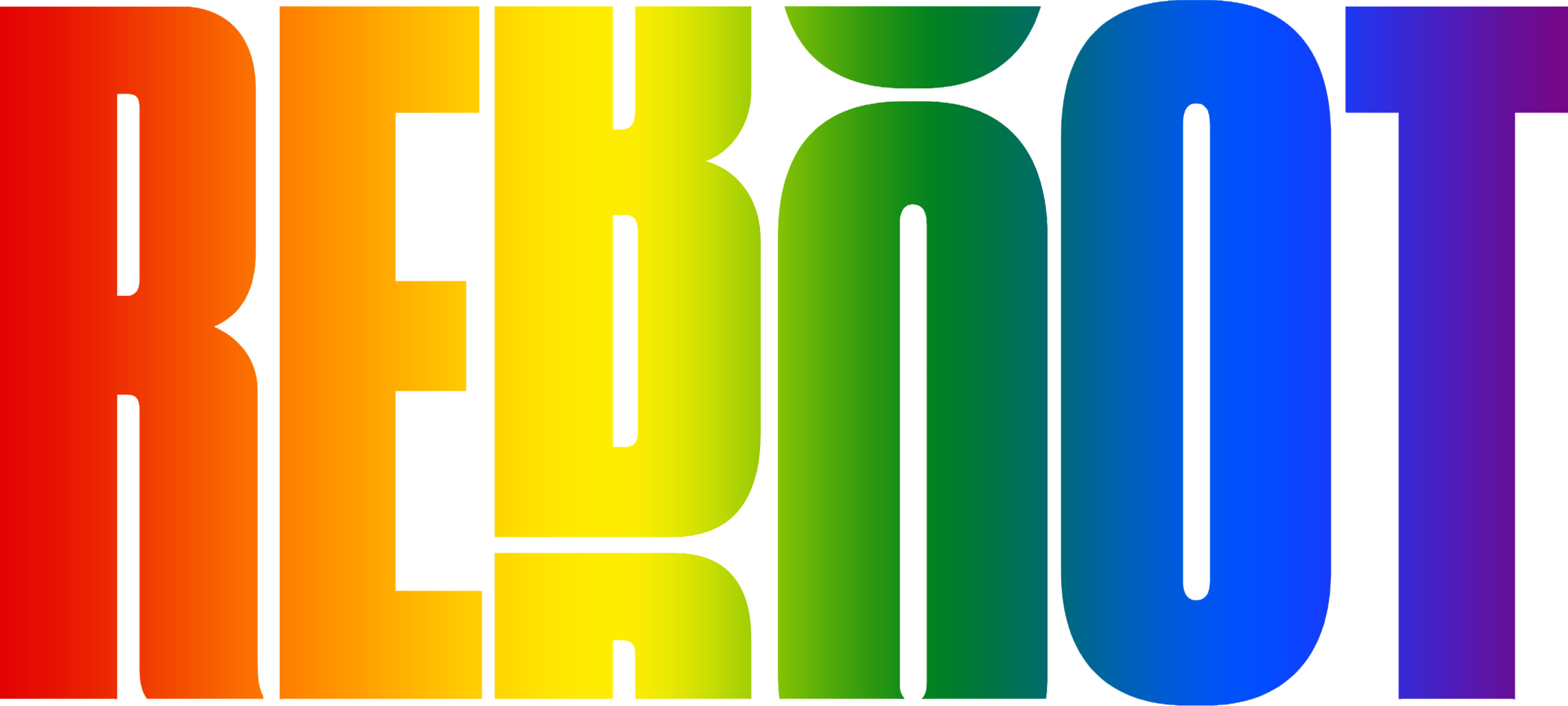
Purim is a Jewish holiday celebrated on the 14th of the Jewish month of Adar that commemorates the defeat of a genocidal plot against the Jews in ancient Persia during the Achaemenid Empire. Recorded in the 4th century BCE in the Book of Esther (also called a “Megillah)” Purim, which translates to “lots,” tells the story of the Persian King Ahasuerus and his royal vizier, Haman, who plotted to kill the king’s Jewish subjects, claiming they were growing too powerful, and as revenge against one particular Jew in the ancient city of Shushan named Mordechai, who refused to bow down to him (Haman). When King Ahasuerus’s wife, Queen Vashti, refuses to dance naked for him and his party revelers, the king banishes Vashti and marries Esther (also known as “Hadassah”), a young woman who hides her Jewish identity. Esther learns of Haman’s evil plot to annihilate the Jews and informs Mordechai, who is her uncle. When she expresses unwillingness to approach the king on behalf of her people, Mordechai reminds Esther of one of the most important tenets of Jewish community and unity: accountability and action for one another. He warns, “Do not think that because you are in the king’s house you alone of all the Jews will escape. For if you remain silent at this time, relief and deliverance for the Jews will arise from another place, but you and your father’s family will perish. And who knows but that you have come to royal position for such a time as this?”
Miraculously, Haman’s plot is defeated and Haman and his followers are hanged on the gallows. Jewish laws related to commemorating Purim include a feast as well as offering food items to friends and neighbors, and particularly to those in need, as per the words of the Megillah: “They (the Jews, including future generations) should make them days of feasting and gladness, and of sending portions one to another, and gifts to the poor.”
Purim involves four main obligations, or mitzvot:
-Mishloach Manot (exchanging food items, often placed in decorative baskets)
-Donating funds on behalf of the poor or those in need
-A celebratory feast (“Seudat Purim”)
-Listening to a reading of Megillat Esther (at a public recitation, often at a synagogue)
The holiday is preceded by a fast day known as “The Fast of Esther” to recall the somber desperation of the Jewish people as they fasted and prayed to be spared from Haman’s massacre. On Purim, many Jews prepare and eat “Hamantaschen,” triangle-shaped cookies whose name means Haman’s hat. Sephardic and Mizrahi communities have their own versions of Purim cookies (for example, Persian Jews enjoy small cookies called “koloocheh,” while Moroccan Jews prepare shortbread cookies called “ghouribi”). To date, the Jews of Persia (present-day Iran) believe that Esther and Mordechai are buried in the northern Iranian city of Hamadan, where there even stand the Tombs of Esther and Mordechai. Persian Jews make pilgrimages to the tombs, often listening to the annual megillah reader in the same space. Purim, though a “lesser” holiday because it is not as famous as Rosh Hashanah or Yom Kippur (which, for example, have the same prohibitions as Shabbat), nevertheless teaches vividly important messages about faith, leadership and redemption. It also serves as a warning, even in the present day, against anti-Semites who justify violence against Jews by accusing them of wielding too much power.
